Can Solar Fence Lights Withstand Harsh Weather?
I’ve been there, staring at a pile of solar fence lights online, wondering if they’ll survive the next big storm or a brutal summer heatwave. It’s a real concern for anyone who’s sunk money into outdoor lighting only to find cracked casings or dead batteries after a rough season. Buyers often grill sellers about whether these lights can handle heavy rain, snowdrifts, or scorching sun. The truth? Not all solar fence lights are built equal, but the good ones—those with high IP ratings and sturdy materials—can take a beating and keep glowing. Let’s dig into what makes some lights weatherproof champs while others fizzle out.
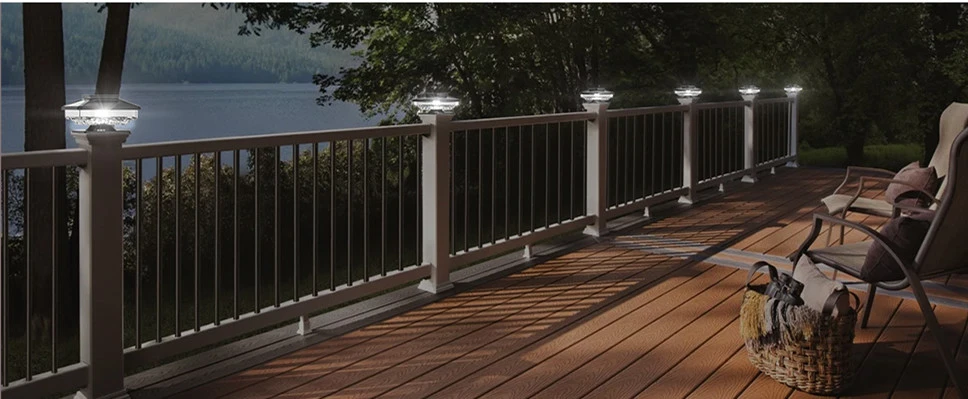
IP Ratings: Decoding Water and Dust Resistance
When you’re shopping for solar fence lights, you’ll see terms like “IP65” or “IP44” tossed around. It’s not just jargon—those numbers tell you how much punishment a light can take from water and dust. IP stands for Ingress Protection, and the digits break it down: the first is dust resistance (0-6), the second is water resistance (0-8). Higher is better.
Here’s a quick rundown for clarity:
- IP65: Dust-tight and handles jets of water, like heavy rain or garden sprinklers. Great for exposed fences.
- IP44: Splash-resistant but not watertight; fine for light drizzle but struggles in downpours.
- Why It Matters: An IP65 light laughs off a thunderstorm, while IP44 might short out if water sneaks into the casing.
Brands like Bitpott and Sunforce often hit IP65 or higher, ensuring rain and dust don’t kill the vibe. I’ve seen posts on X where users swear their IP65 lights stayed bright through a Florida monsoon, while cheaper IP44 models flickered out after a week of showers.
Temperature Extremes: Battery Performance Under Stress
Solar fence lights rely on batteries, and extreme temperatures—freezing winters or blistering summers—can hit them hard. Cold slows down chemical reactions in batteries, cutting runtime, while heat can degrade them over time. Most decent lights use lithium-ion or high-grade NiMH batteries, which hold up better than cheap alternatives.
What to know about temperature impacts:
- Cold Weather: Below 32°F, budget NiMH batteries lose charge fast, dropping from 8 hours to 4-5. Lithium-ion in pricier models like Ring’s solar lights fares better, maintaining 70% capacity at 14°F.
- Hot Climates: Over 100°F, battery lifespan shrinks if the casing doesn’t dissipate heat. Quality lights use vents or heat-resistant ABS plastic to protect internals.
- Real-World Test: A Reddit user in Arizona reported their SolarGlow lights ran 10 hours nightly despite 110°F days, while generic ones dimmed after a month.
Choosing lights with temperature-tolerant batteries and smart thermal design means you’re not left in the dark when seasons shift.
Durable Materials: What Keeps Lights Standing Strong
The materials in solar fence lights are make-or-break for surviving harsh weather. Cheap plastics crack, rust-prone metals corrode, and flimsy stakes snap in wind. High-quality lights lean on tougher stuff like stainless steel or ABS plastic to stay solid.

Key materials that boost durability:
- Stainless Steel: Resists rust and corrosion, even in salty coastal air. Brands like GIGALUMI use it for mounts that don’t budge in storms.
- ABS Plastic: UV-resistant and impact-tough, it’s common in top-tier lights like Bitpott. Unlike polycarbonate, it doesn’t yellow or brittle under sun exposure.
- Tempered Glass: Some premium models use this for solar panels, shrugging off hail better than standard glass.
A friend in Colorado told me their stainless steel solar fence lights stood firm through a hailstorm that wrecked their neighbor’s budget plastic set. Investing in these materials means fewer replacements and less hassle.
Lifespan in Tough Climates: Real-World Endurance
How long do solar fence lights actually last in brutal conditions? It depends on the build, but quality ones can shine for years, even in tough climates like snowy Minnesota or humid Texas. User reviews and tests give a clearer picture than marketing claims.
What the real world says:
- Snowy Regions: IP65 lights with sealed casings last 2-3 years without battery swaps in places like upstate New York, per Amazon reviews. Budget models often fail after one winter.
- Humid/Coastal Areas: Stainless steel and ABS models resist corrosion; X posts from Florida users praise lights lasting 18 months in salty, wet conditions.
- Desert Heat: Heat-resistant designs with lithium-ion batteries hit 2+ years, while cheaper lights burn out in under 12 months, per Medium reviews.
One homeowner shared on a gardening forum that their IP65 solar fence lights ran strong for three years in Seattle’s constant drizzle, needing only occasional panel wipes. Compare that to generics that didn’t make it past a single rainy season.
Quality Materials Seal the Deal
Solar fence lights can absolutely stand up to harsh weather—if you pick the right ones. High IP ratings like IP65 keep water and dust at bay, while lithium-ion batteries and smart designs handle temperature swings. Stainless steel and ABS plastic ensure the lights don’t crack or rust, even in storms or scorching heat. Real-world stories back it up: quality lights last years where budget ones fail fast. Sure, you’ll spend a bit more upfront, but for a fence that glows reliably through rain, snow, or sun, it’s worth every penny. Go for durability, and you won’t be left cursing a dark yard.

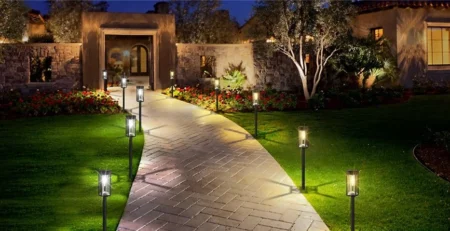
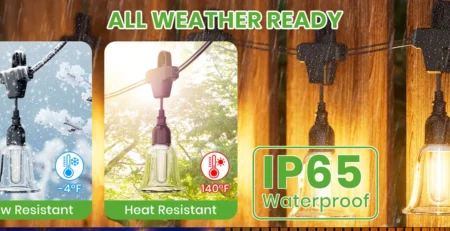
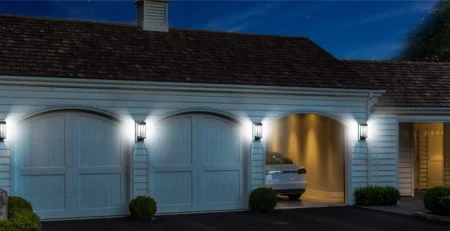
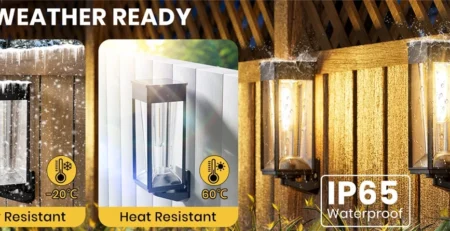
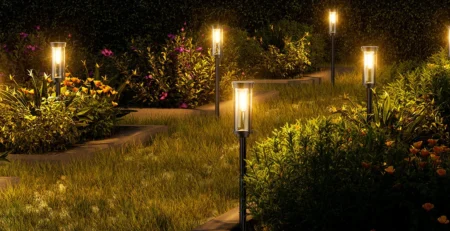
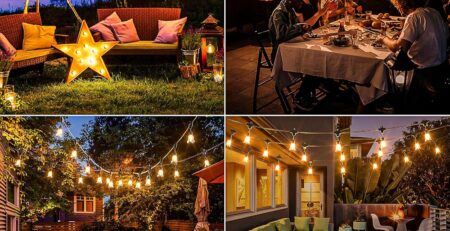
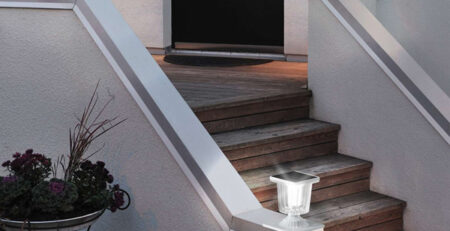
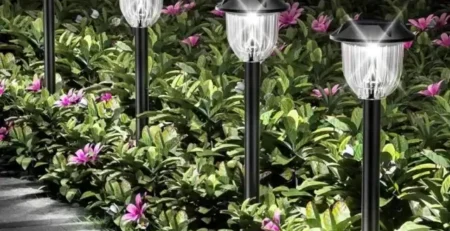
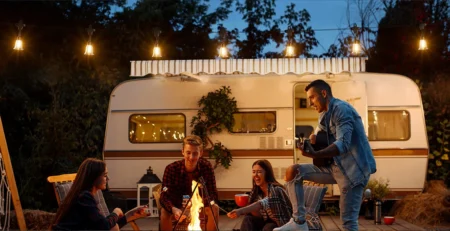
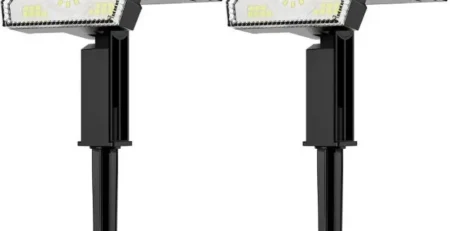
Leave a Reply